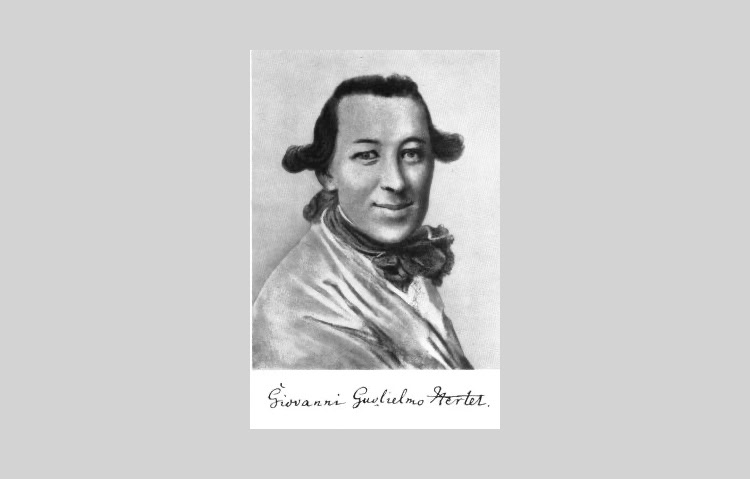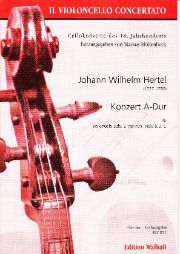Pre-classical concerto for cello
A testimony to the sensitive style of the Schwerin court composer Johann Wilhelm Hertel.

Johann Wilhelm Hertel, born in Eisenach in 1727, died in 1789, was court and chapel composer in Schwerin from 1754, where Duke Christian Ludwig I maintained a chapel based on the Berlin model. Hertel left behind an extensive oeuvre of more than 40 symphonies, chamber music, oratorios, passions, mass and psalm settings as well as cantatas. He also composed secular odes, singspiels and festive cantatas. He was particularly interested in solo concertos: there are works for harpsichord, organ, harp, flute, oboe, bassoon, trumpet, violin and violoncello.
Edition Walhall has now published the three-movement Concerto for Violoncello and Strings in A major, completed in 1755, in a meticulous edition in the series Il violoncello concertato - Cello concertos of the 18th century published for the first time. The detailed preface by the editor Markus Möllenbeck offers an insight into the life and work of the composer. The concerto is a rich testimony to the sensitive style of early or pre-classical German music, but is somewhat less extensive than the concertos by Carl Philipp Emanuel Bach or Anton Fils. The rewarding cello part is not overly virtuosic. It reaches up to the 6th position (highest note b') and can also be mastered by advanced students and amateurs. While the outer movements are rather conventional, the middle movement in F major surprises with its expressiveness and imaginative development of the solo part.
Johann Wilhelm Hertel, Concerto in A major for violoncello solo, 2 violins, viola and b.c., edited by Markus Möllenbeck, first edition; score, EW 851, € 16.50; parts, EW 852, 38.50; piano reduction by Ulrich Lüdering, EW 853, 14.50; Edition Walhall, Magdeburg 2012








